Korean and Japanese Funds for the U.S.: From Security Fund to Shipyards
Input
Changed
U.S. to establish a national economic security fund using investments from Korea and Japan. Fund, created through tariff negotiations, channels capital into Hanwha’s U.S. shipyard. With Washington buying stakes in domestic firms, questions rise over how actively it will deploy these funds.
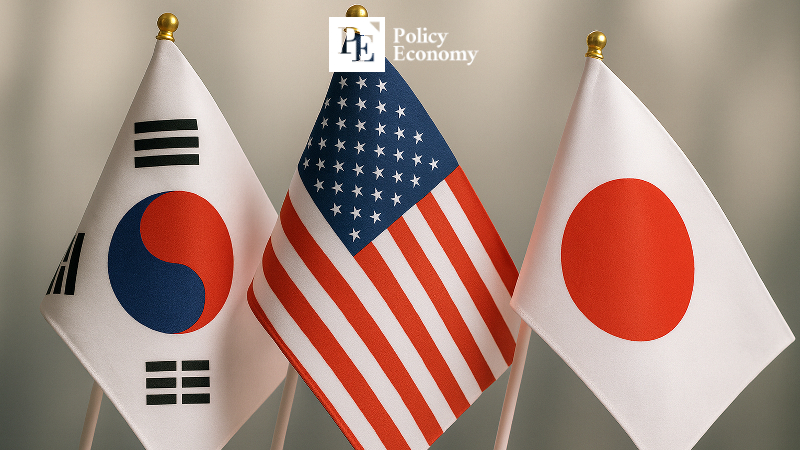
The Trump administration has announced plans to use investment pledges from South Korea and Japan to establish a National Economic Security Fund. Although the three countries have yet to finalize how the funds will be allocated, Washington has moved ahead by publicly declaring potential uses for the capital.
U.S. Commerce Chief: “Korean and Japanese Funds Will Build American Infrastructure”
On the 26th (local time), U.S. Commerce Secretary Howard Lutnick told CNBC that Washington is launching a National Economic Security Fund backed by money from Japan, South Korea, and other allies. “This is not a sovereign wealth fund,” he stressed. “What you will see is a fund created with capital from Japan, Korea, and others—and they will provide the money to build U.S. infrastructure. These are deals President Trump secured using tariffs.” He added that the initiative does not rely on tariff revenues but rather on “the commitments of countries that fundamentally understand that a strong America is essential to global success.”
Lutnick did not clarify the exact source of the funds. However, given his remarks tying the plan to tariff negotiations, the funds appear to refer to investment pledges made by Seoul and Tokyo during trade talks with Washington. On July 30, South Korea agreed to present $350 billion in investments in exchange for a reduction of reciprocal tariffs to 15%. Japan made a similar deal on July 22, pledging $550 billion in investments in return for lowering tariffs to 15%. Yet both countries have yet to finalize the investment format or management structure. Lutnick’s comments, therefore, are seen as a preemptive step to define how these pledged funds will be used.
Hanwha’s U.S. Investment Traces Back to Tariff Negotiations
A key point is that South Korea’s pledged investments under tariff negotiations are unlikely to be limited to the National Economic Security Fund. The recent case of Hanwha Group’s investment in the Philly Shipyard shows how those funds may be deployed. On the 27th, following the naming ceremony of the State of Maine, Hanwha announced a $5 billion investment in the shipyard.
Hanwha cited the “Shipbuilding Industry Cooperation Fund” as the primary source of capital. The $150 billion fund, created under last month’s Korea–U.S. tariff negotiations as part of the MASGA project, combines direct investment with guarantees and loans. Industry observers believe Hanwha will initially provide part of the capital directly and later tap the fund once it is fully structured.
The investment will go toward expanding Philly Shipyard’s facilities. Currently, the yard operates two dry docks, and Hanwha plans to add two more docks and three additional berths. To further boost production, the company will establish a new block production site of about 397,000㎡ (about 98 acres), aiming to raise annual shipbuilding capacity from the current 1–1.5 vessels to as many as 20 over the medium to long term. Hanwha Ocean will also introduce automated equipment, smart yard systems, and safety technologies as part of the project.

U.S. Government Amasses Stakes in Domestic Firms
Some analysts believe South Korea’s and Japan’s pledged investments could be funneled into Washington’s ongoing “stake acquisition spree.” In recent months, the U.S. government has aggressively intervened in markets by securing ownership in key domestic companies. Last month, it invested $400 million in rare-earth producer MP Materials, taking a 15% stake to become its largest shareholder. In June, during the sale of U.S. Steel to Japan, Washington received a “golden share” that grants veto rights over critical management decisions.
More recently, the administration leveraged semiconductor subsidies to purchase a major stake in Intel. On July 22, Intel announced that Washington had agreed to buy 433.3 million common shares at $20.47 each—worth $8.9 billion, or 9.9% of the company. The acquisition elevated the U.S. government above BlackRock, which holds an 8.9% stake, making Washington Intel’s largest shareholder. The funds came from $5.7 billion in unused CHIPS Act subsidies and $3.2 billion from the Pentagon’s semiconductor security program.
Plans are also under discussion to secure stakes in defense contractors. On the 26th, Commerce Secretary Howard Lutnick told CNBC that “large-scale discussions are underway regarding the defense industry” when asked whether similar acquisitions would follow the Intel deal. He noted that Lockheed Martin generates most of its revenue from federal contracts and is “virtually a branch of the U.S. government,” adding that the economic implications of a stake purchase would be left to the Secretary and Deputy Secretary of Defense. According to Defense News, Lockheed Martin was the world’s largest defense contractor by revenue last year.



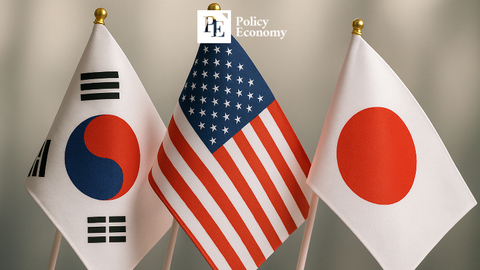
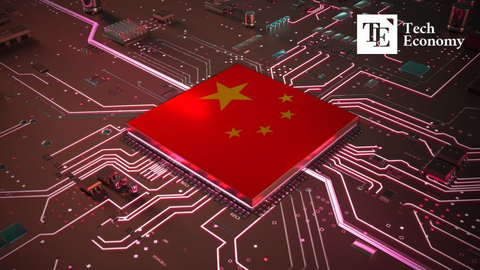

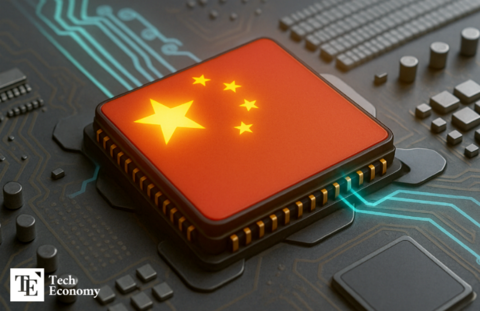
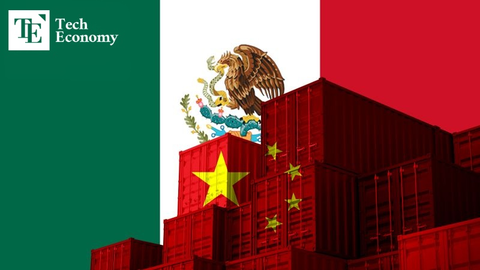














Comment